I will confess that when Kristina offered up her latest challenge “Can photographs tell the truth?” I laughed. Only because I’ve been twisting the ‘truth’ through my photography for 30 plus years. In my experience they absolutely can’t tell the truth, they can only show a particular view point.
To illustrate that point lets look at the famous Diane Arbus photo: Child with Toy Hand Grenade in Central Park. I’ve always loved this image, the skinny awkward child with the weird grimace on his face holding a toy hand grenade. So many questions come to mind when looking at this arresting image. Why does he look so ‘odd’? Why is he holding a hand grenade? Why is his left hand misshapen? It turns out that when you see this image in the context of the entire contact sheet, the subject is a ‘normal’ boy happily playing in the park. Only in this one photo, taken out of context, is a deeper truth reveled. To some degree, this is the same for all photographs.
I started thinking about other photographers I know and whose work is universally respected as “true”. I immediately thought of conceptual artists Bernd and Hilla Becher’s and their documentary photographs of a vanishing industrial Europe. The couple is well known for their extremely formal, large format photographs of water towers, coal bunkers and other examples of industrial machinery. These portraits are similar to specimen photography, taken from the same angle, in consistent tones which allows the viewer to break down these monolithic objects into simple shapes. They present the objects as objectively as possible. Through these purely documentary photographs, we are allowed to see a “truth” in these objects.
It was with the Becher’s images in my minds eye that I decided to photograph the classic LEGO spaceman in as objective a way as possible. I wanted to remove him from the fantasy world that I normally place him and shown more of the surrounding area that is usually cropped out when I’m creating an image.
While I enjoyed this challenge and I like the images I created, I don’t feel this was a successful challenge for me. I really admire the results that both Kristina and AliceinCleveland presented. If I was going to do this over, I would break out the tri-pod, work towards a f64 depth of field and use a variety of mini figures. I would still compose my images in black and white. I enjoyed setting my camera on monochrome and viewing the world without color. For me that was the most successful aspect of the challenge.
Can a photograph tell the truth? No I don’t think it can. It can tell a story, it can reveal a view point, but the truth? No, a photograph is only an instrument of the artist and as such, an extension of their viewpoint. I suspect even the Becher’s would agree with me.
~ Shelly
Have you tried any of our challenges? If so, please let us know so we can learn from your experiences too!


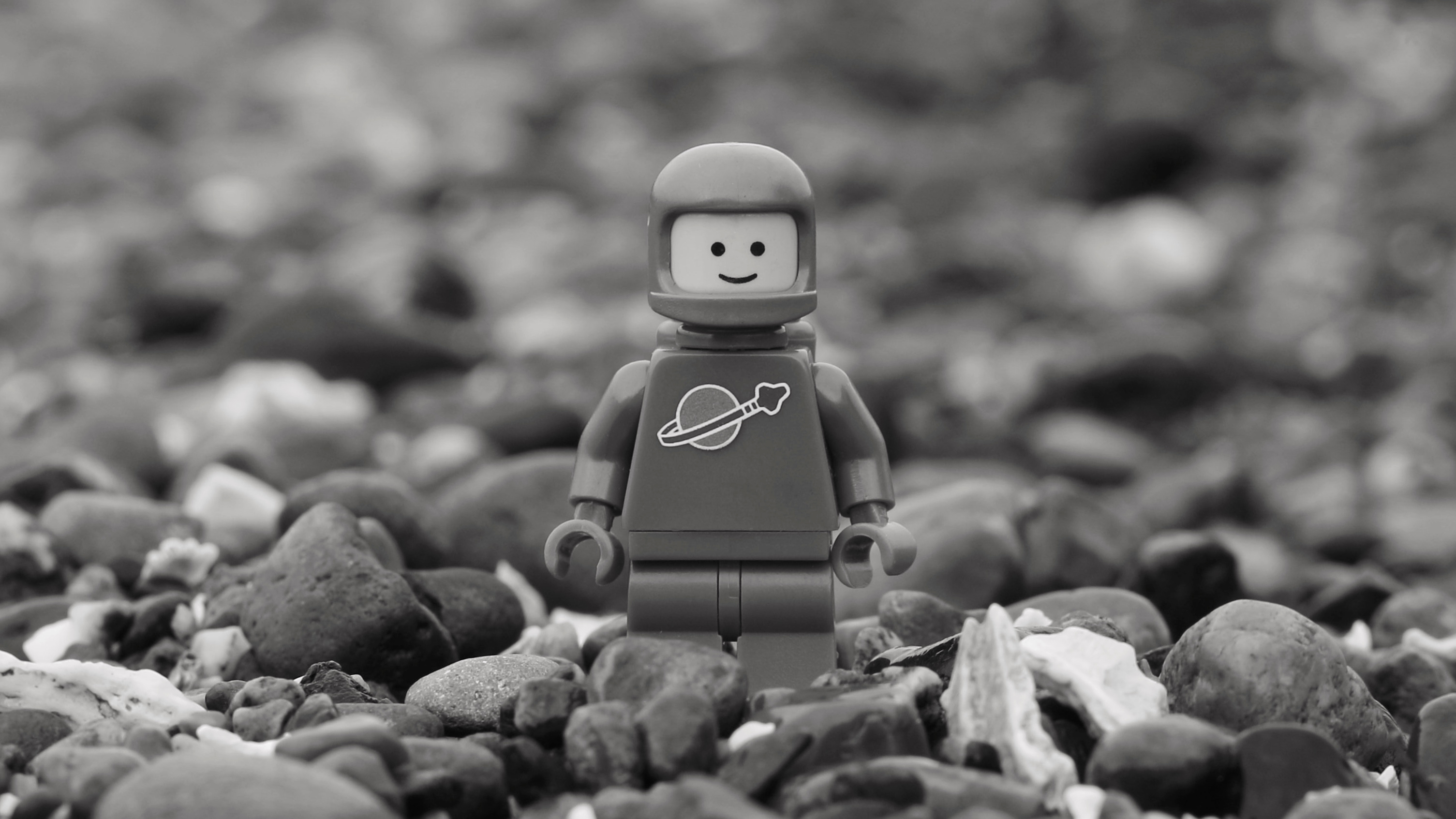



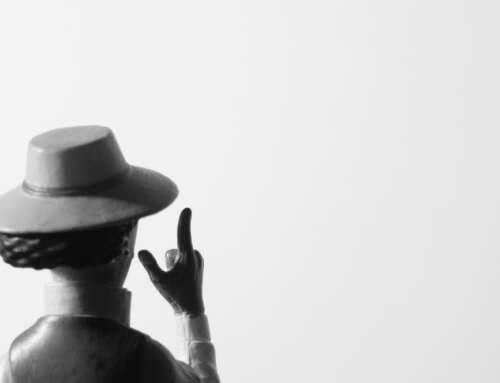
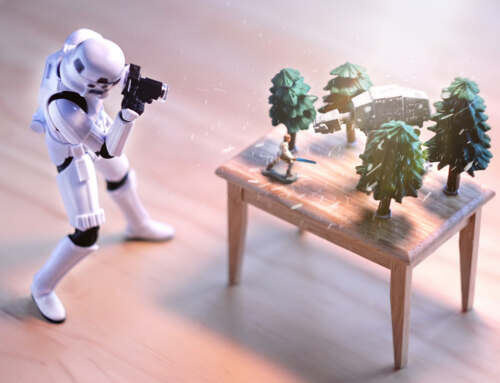
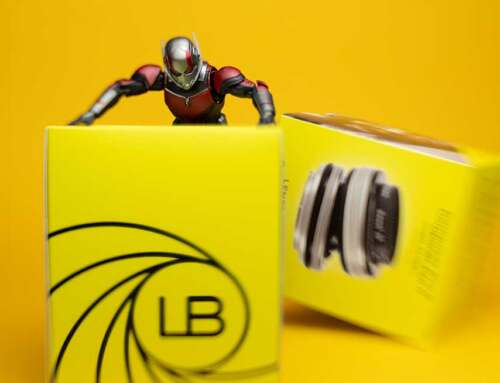
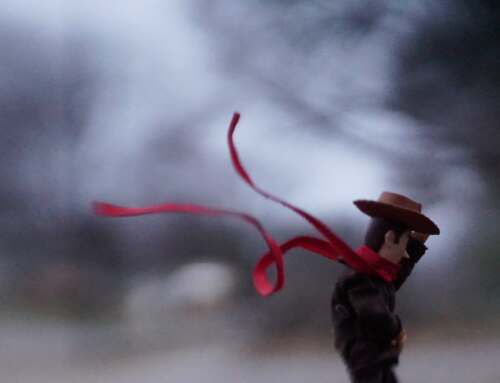
I’m relieved to see that I’m not the only one to believe a photograph can hardly be objective or tell the truth. Maybe a series of documentary/journalistic photographs can give different point of views but I doubt that it will really be objective. To be honest the only thing that I know which is objective is pure mathematics. And more importantly I don’t see the point of an objective photography: it’s the subjective point of view of a picture that I find interesting.
When the topic of the challenge was first posted I was afraid not being able to produce anything. I got lucky because I found an idea during my last photo shoot almost two weeks ago. I could have posted the result immediately but didn’t. I wanted to see if I could come up with something better, which I haven’t yet, and otherwise shoot again one of the two photos of my series. I hope to be able to find time this week-end so I can shoot and upload it 😉
I can agree with what you are saying here about photography and truth. It goes a little different in my head though. I concentrate on the “can.” Can a photograph tell the truth? Yes, but they usually don’t.
When I look at your series of photos I think you were thinking about the truth.
Your photos are in black and white, eliminating the factor that people see color differently. The changes in your series are the environment and not the object. Finally, you didn’t do it here, but you talk about using a large depth of field. I found that one especially important considering what is blurry in photos is so often a specific goal that is aimed for.
I never perceived the challenge to be pass/fail. I believe you attempted to answer and that is what was successful.
Thank Alice for giving me a pass. I really don’t think any of this is a pass or fail, I think it is important to step outside the box, the comfort zone and try different things. I think we learn more by failing than we do by succeeding, so either way we are winners. I’m glad you’re on this journey with us!
I finally found some time today to take those shots. I still haven’t published anything on social medias but I put them on my personal website.
When I took photos of WALL-E I had to rely heavily on post-processing to fix the reflections in its eyes. By doing this I had the feeling I was definitely not telling the truth. So for the challenge I did the opposite: take similar photos and try to do the opposite and exaggerate the reflections. It turns out to be a mini-series of a (pretty bad) self portraits of myself… in the eyes of WALL-E:
http://reiterlied.net/wp-content/uploads/2016/02/20160220-190714-009.jpg
http://reiterlied.net/wp-content/uploads/2016/02/20160220-190944-013.jpg
http://reiterlied.net/wp-content/uploads/2016/02/20160220-191543-018.jpg
These are great!!! I love the fact you are in them. We can get metaphorical and if the eyes are the windows to the soul, isn’t it not true that we give the ‘soul’ to our toys? Is it not fitting that the person behind the photos is revealed to be the puppet master, the soul? I think there is more ‘truth’ with your image in the eyes than without. Well done!